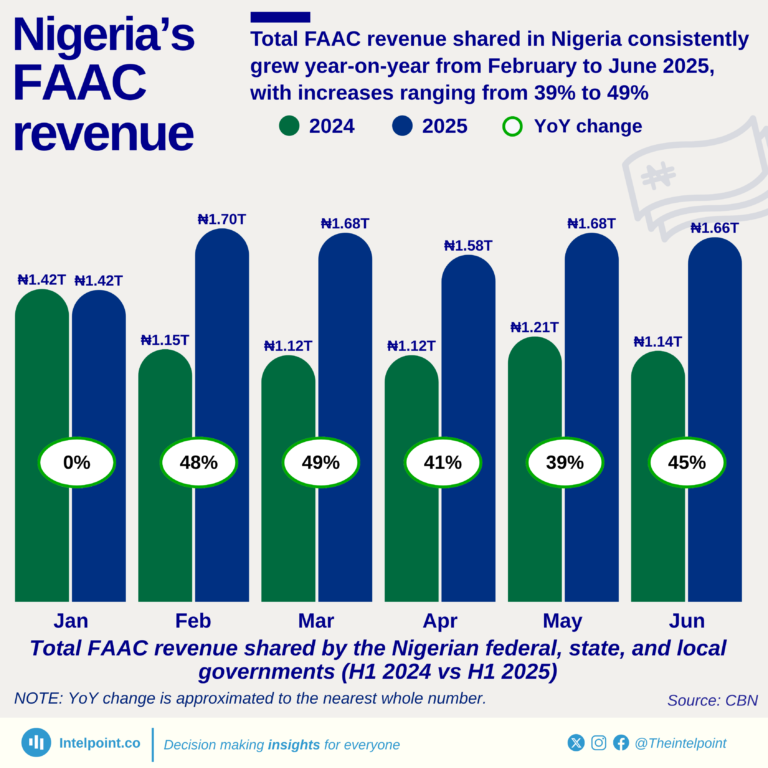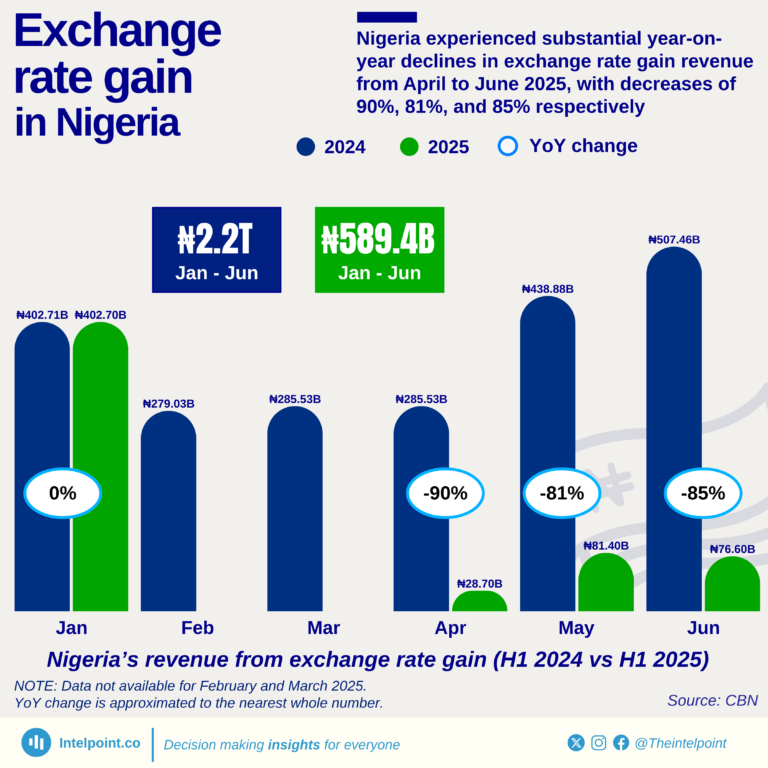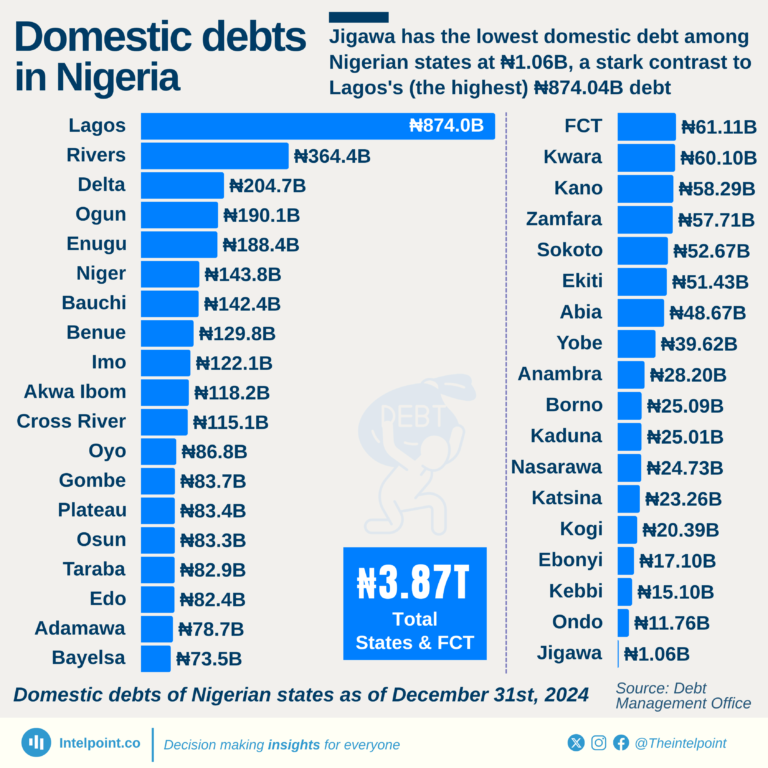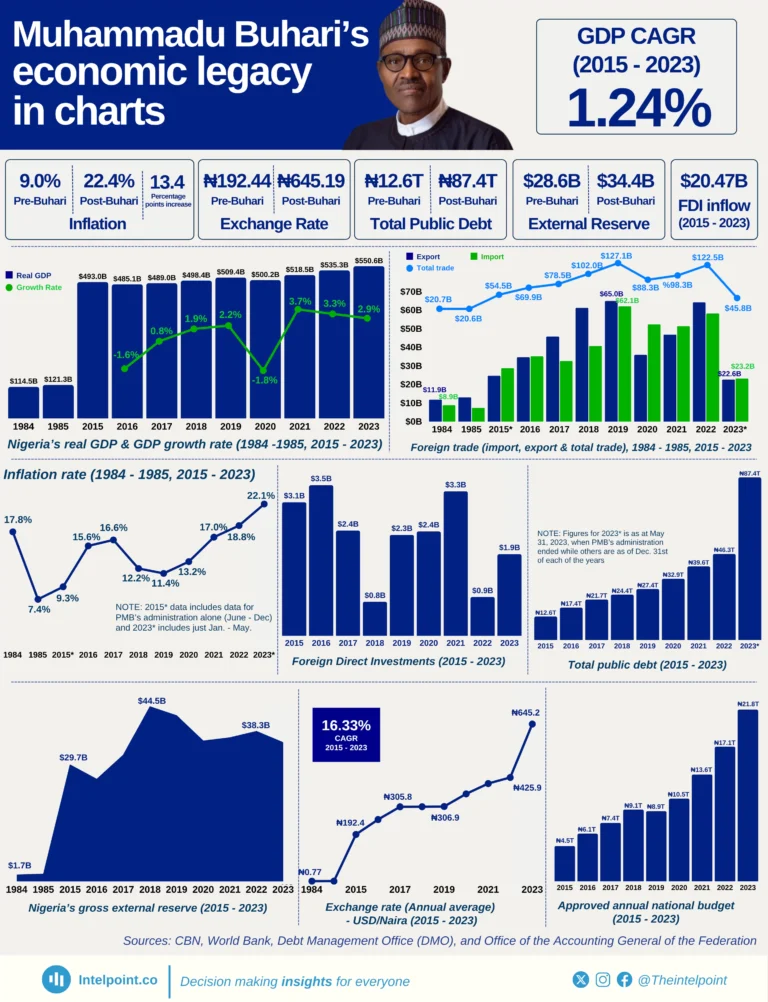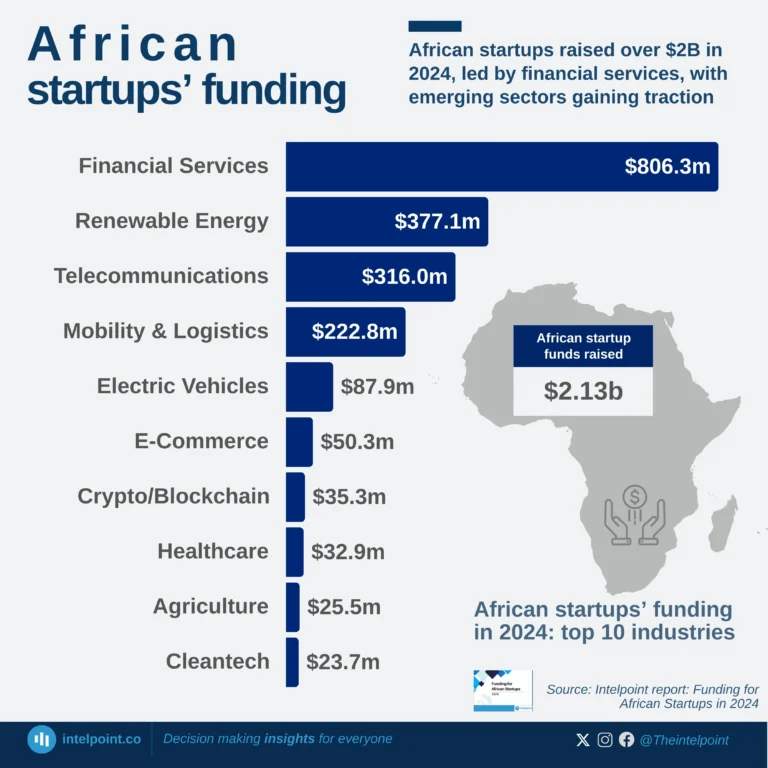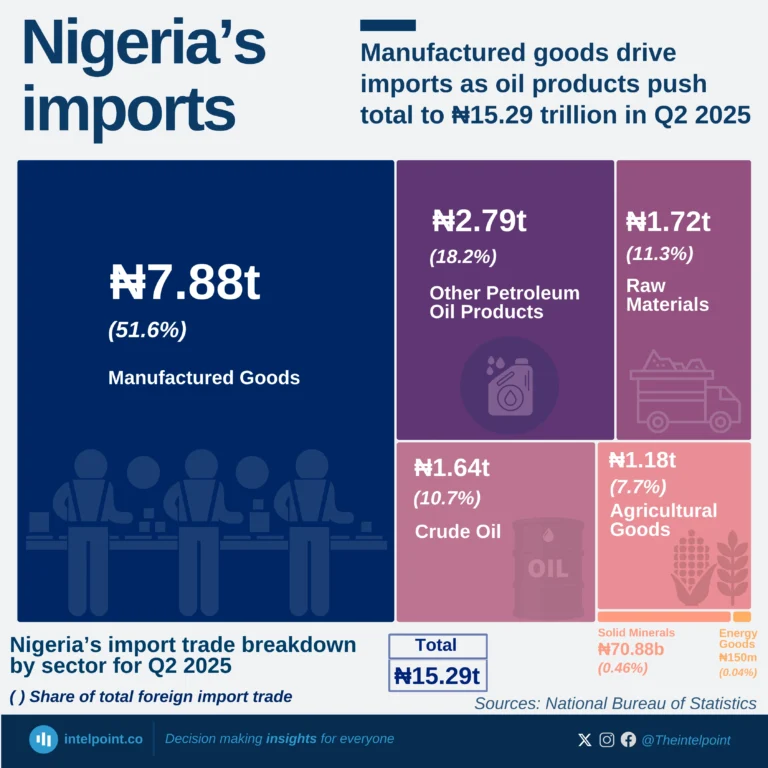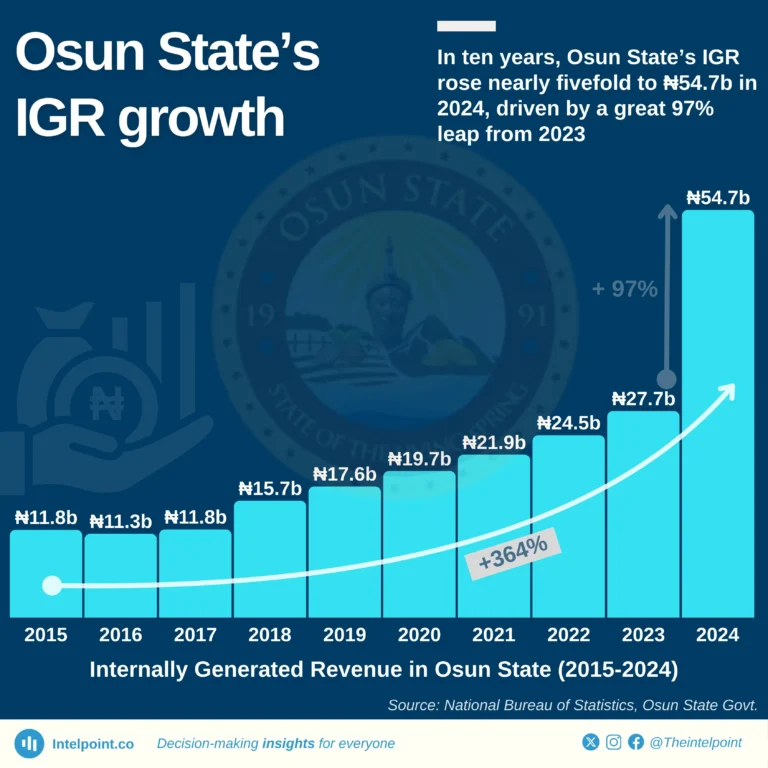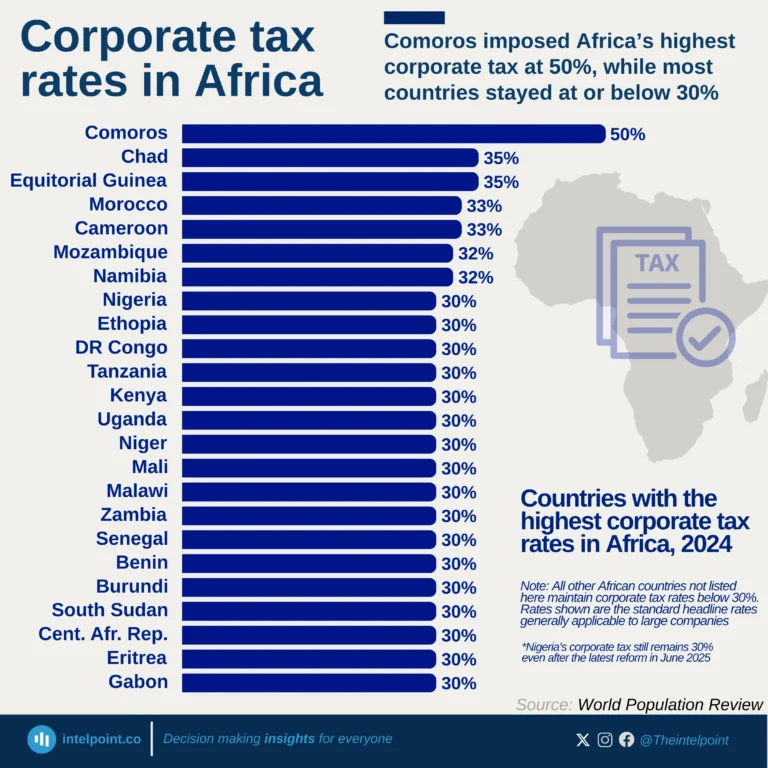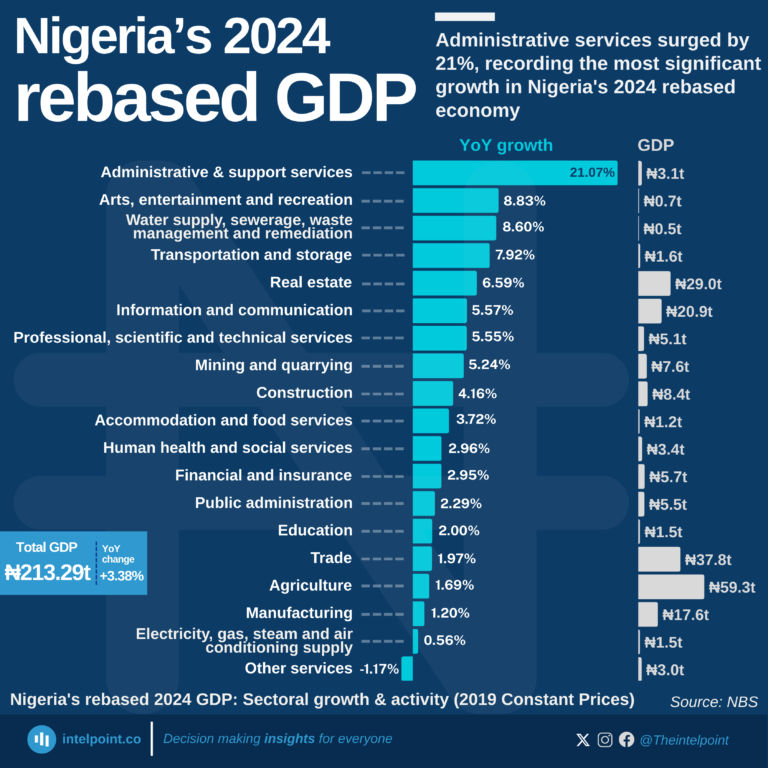
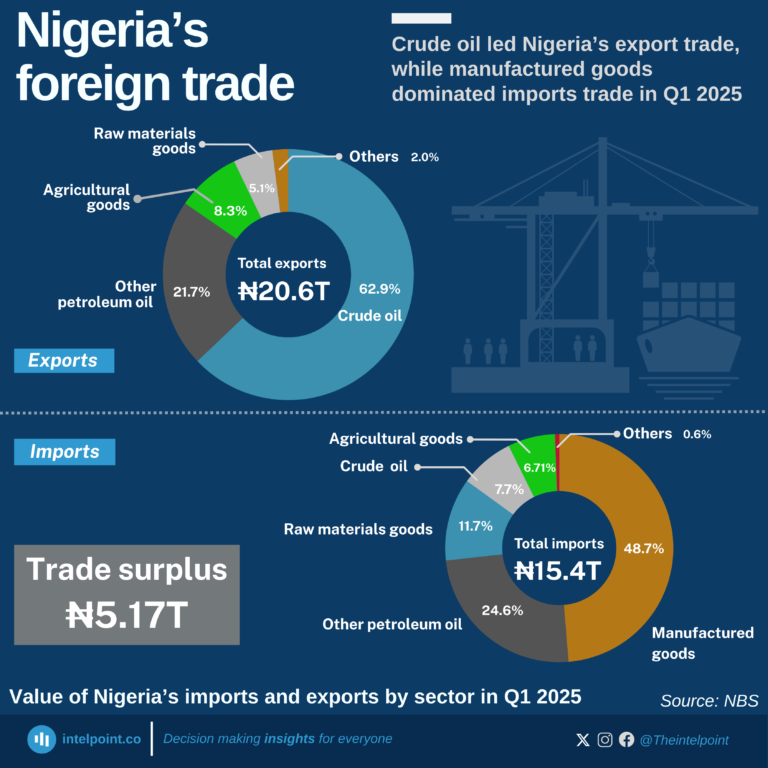

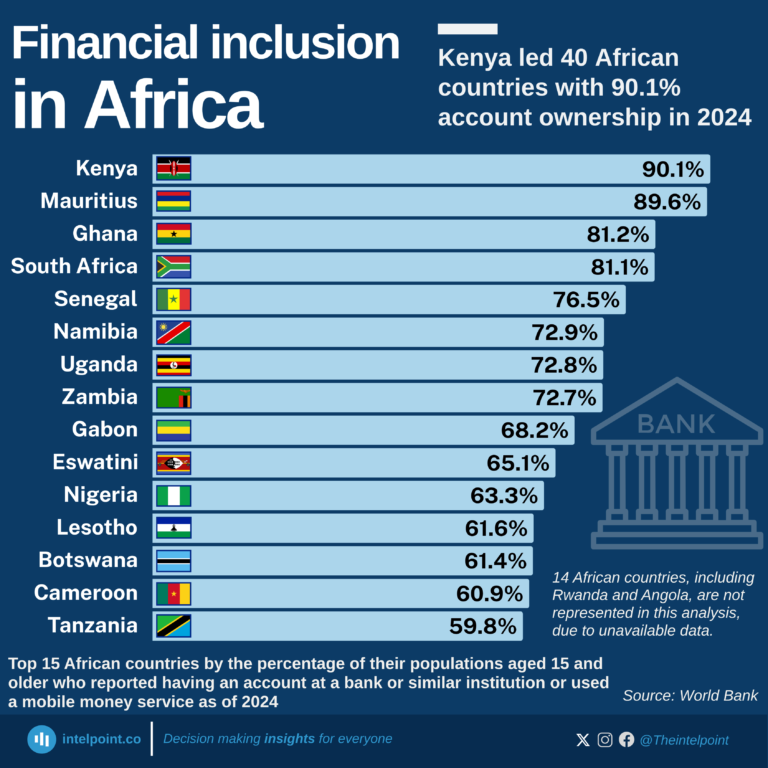
- Kenya led with 90.1 percent account ownership in 2024.
- Mauritius (89.6 percent) and Ghana (81.2 percent) also in top 3.
- Nigeria ranked 11th at 63.3 percent; Tanzania fell short at 59.8 percent.
- Only 14 African countries exceeded the 60 percent inclusion benchmark.
- Another 14 African countries have no recent data in the Global Findex
